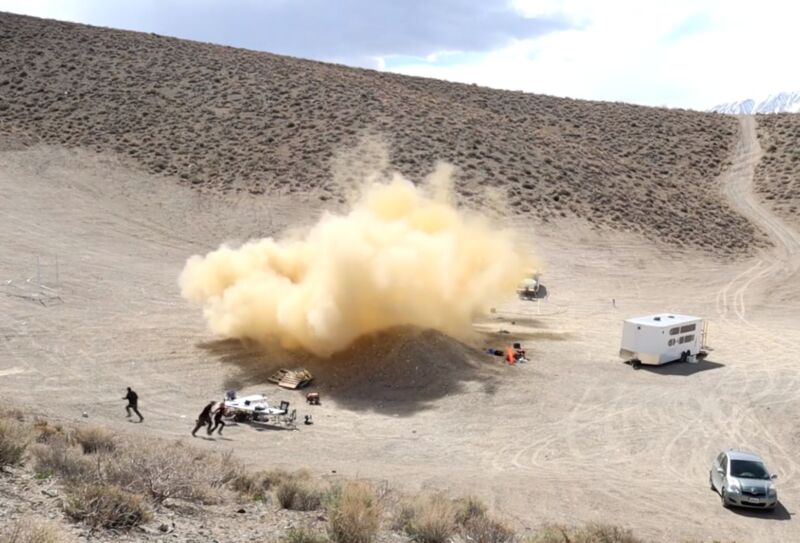
There's a small rocket company based in eastern California named Pythom Space. And like a lot of space startups, it has big dreams. In this case, co-founders Tina and Tom Sjögren have the goal of flying to Mars in 2024—and if not then, by 2026.
"We see this as a new world," Tina Sjögren said recently. "When Columbus sailed to America, there were both better boats and sailors. But no one else did it. He did. All it took was three weeks. It was not difficult; it was fear that held everyone back. It was believed that one would fall over the edge of the earth. Or be eaten by sea monsters. He showed... that was wrong."
This seems naïve, of course. Even SpaceX, which from the beginning was well-funded and able to hire excellent early employees, is still years away from sending humans to Mars after its founding in 2002. But the Sjögrens are undaunted. "You have to work hard, but you do not have to be very smart," Tina Sjögren added.
So Pythom Space is pressing ahead with its ambitious goal of building a rocket, a spacecraft, and a Mars lander. The company's first step is to build a small rocket, Eiger, with the capability to lift 150 kg to low Earth orbit. According to the company's website, 90 percent of a rocket's cost in the traditional space industry is related to personnel. Accordingly, the website says, "Pythom runs small teams and tight facilities, building in the spirit of early explorers such as Lewis & Clark and Roald Amundsen."
One area in which Pythom appears to be saving personnel costs is its safety and mission assurance department. On March 19, the company conducted a hold-down test of the first stage of its Eiger rocket with a single engine. (The complete first stage will have nine small engines.) The company uploaded a video containing this footage about three weeks ago and posted it on Vimeo.
Lasting about 2 minutes and 40 seconds, the video shows a number of instances in which Pythom employees appear to be handling the Eiger rocket and its hypergolic propellants (furfuryl alcohol and nitric acid) with less than industry-standard care. At one point in the company's promotional video, a handful of employees can be seen running from an expanding cloud of dust and exhaust.
The video went largely unnoticed until a source passed it along to Ars. After I tweeted about the video on Sunday night, it was replaced shortly after by an edited version on Vimeo, with the comments turned off. However, the original version had already been downloaded and uploaded to YouTube before this happened. It is embedded below.
The video prompted hundreds of replies on Twitter, including some from rather horrified rocket scientists. "We knew better as untrained college students," said Jordan Noone, the co-founder of Relativity Space.
Added Jeff Greason, a co-founder of XCOR Aerospace and a leader of engine development at Rotary Rocket, "When you decompose HNO3 with other things, you get nitric oxides in the cloud. This is Not Fun."
Ars reached out to Pythom Space on Sunday evening about the video and the company's apparent lack of proper safety considerations when handling hypergolic propellants. So far, beyond editing the video to remove the fleeing employees, the company has yet to offer a response.
However, Pythom apparently did reply to an earlier message from someone in the industry about safety concerns. The company said the aerospace official was being "condescending and misinformed." Moreover, a Pythom Space official wrote, "You completely lack knowledge in our safety procedures but yet run to quick conclusions and judgment."
reader comments
1079